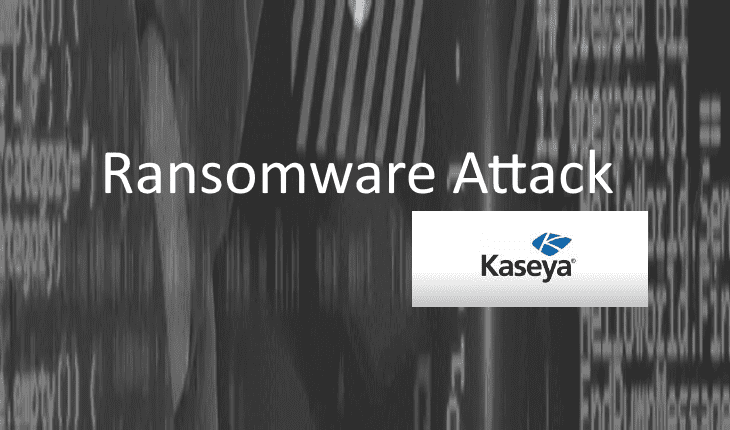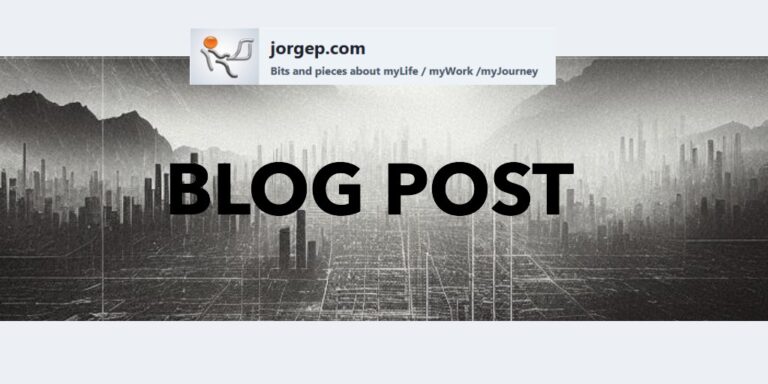Modern Device Management: More than Just Technology

Today, many companies are moving or seriously considering the move to Modern Device Management (or Modern Management) as their next step of their Digital Transformation Journey. Most considering the move, have already completed their Windows 10 migrations and are looking for efficiencies to their deployment workflows. Having said this, I get asked on a daily bases:
“What should I consider when moving to Modern Management?”
The first and most important item to address is a cultural one. Simply said:
All of us need to switch “our current thinking” of how devices are deployed and managed.
Let me address a bit more as to why this mind-set-change is important:
Cultural Change
- Users need to understand that self-service is the “new norm”
- No longer a tech delivers and configures the device
- IT professionals role have changed when deploying / troubleshooting devices:
- New thinking is needed about your deployment, operational workflows, security and device lifecycle.
Modern Management means cloud-based.
- Your Identity is in the cloud (authentication and Authorization) and Administration Console are in the cloud.
- Your application delivery process is in the cloud
- Your data is sync to the cloud. (no more local data alone)
- Your OS updates and applications will be coming from the cloud
Identity on the Cloud
- Cloud based authentication / Authorization to resources are critical to anywhere / anytime access to data and applications
- Once you have cloud-based authentication / authorization it opens up many options including access controls to documents / files, single-sign-on, authorization logs and much more.
Network configuration impacts.
- Significant impact on your network topology which may require you to modify your current configuration. Since everything is coming from the cloud (Authentication/Authorization, OS updates, Applications, and data) network design and
Side note: there are several options for minimizing network impact including embedded Windows 10 features as well as third-party tools.
Images no more
- The term “Images” is a legacy terminology. –
Do you ever re-image an iPhone, Android, or Chrome device? The answer is NO. - Moving forward, the device OS comes with the device and that is the bases for it.
If you need redeploy that device, you “RESET” it to be ready to enroll for a new user. - The concept of images gets replaced with “user profiles”
Data is not only stored locally
- End-user data is expected to be securely available anywhere anytime
- You can do this with tools like OneDrive, DropBox, Box, Sync and several others.
- Basically, these tools allow you to either store / access data securely on the cloud, and provide the capability of updating and syncing the files / folders you choose across devices.
Applications delivery and updates
- Applications delivery is cloud based.
- Applications need to be smarter (know when / how to update themselves – aka iTunes / PlayStore)
- Application need to have minimum impact on base OS
- Application installation format is changing from MSI to MSIXs
No dependency on Device:
- If/ When the device breaks, it typically is within warranty, and a manufacturer tech would be dispatched after end-user reports the issue to the help desk. Response times will depend on your warranty, but the range is anywhere between 4 hours and 48 hours.
- If / When your device is lost, end-user will inform the help desk which would trigger a lock/wipe data message to the device as well as an order to dispatch a new device to them. When the end-user receives the new device.
- All data, applications and permissions are promptly “restored” to the new device upon login.
- While end user is waiting for device to be fixed or replace , they can use a loaner device, access their data via webportal or if they have been setup access their applications remotely.





